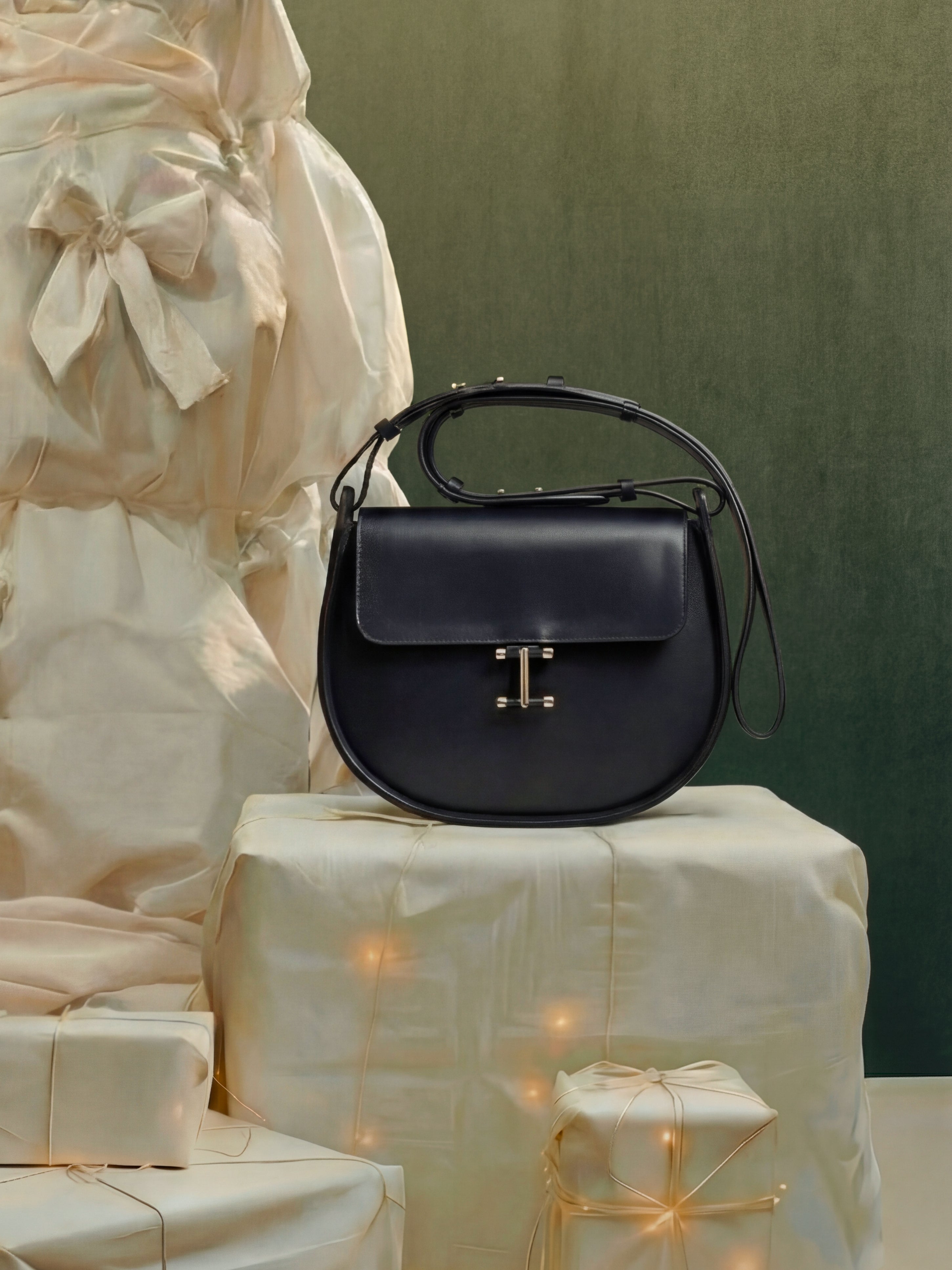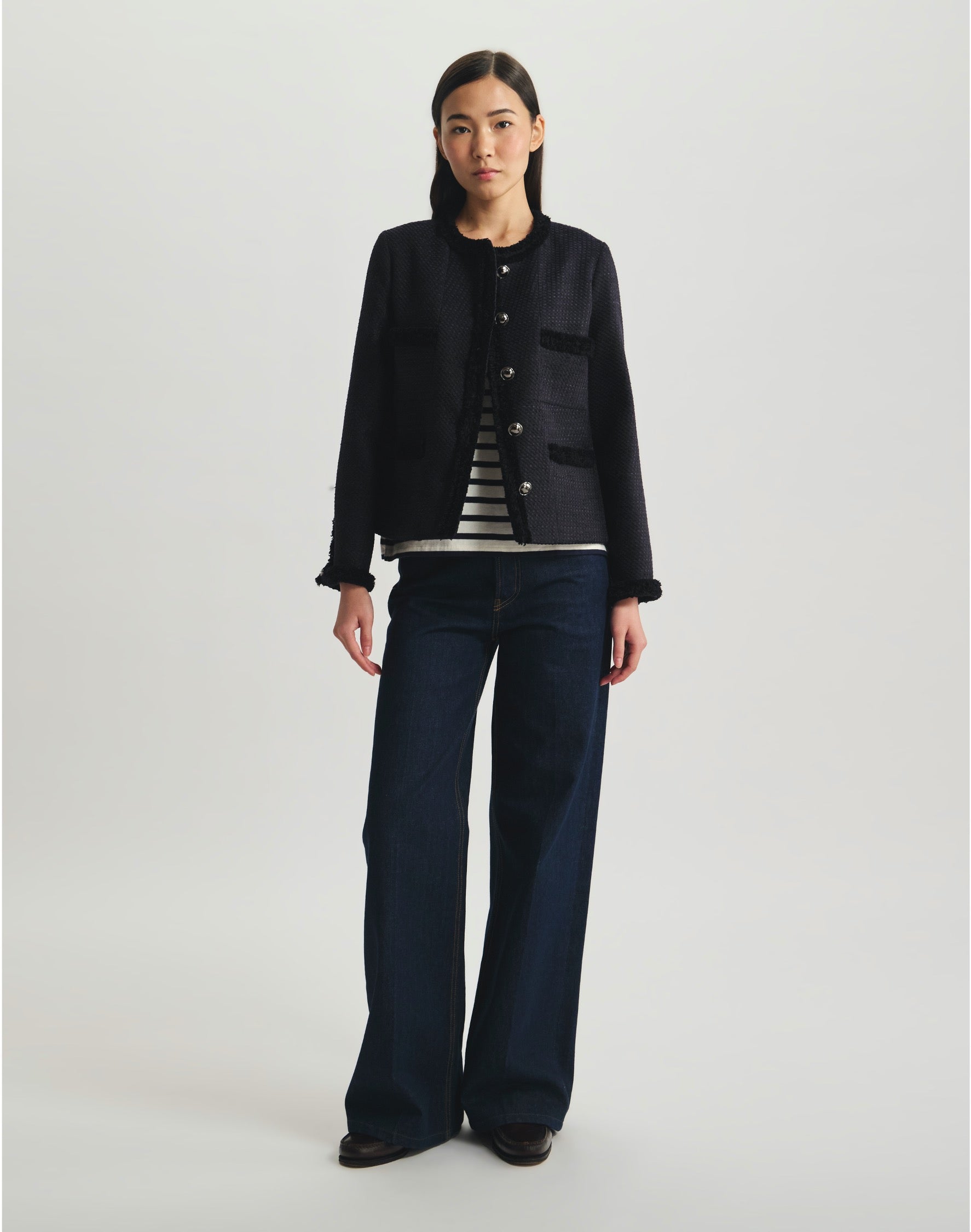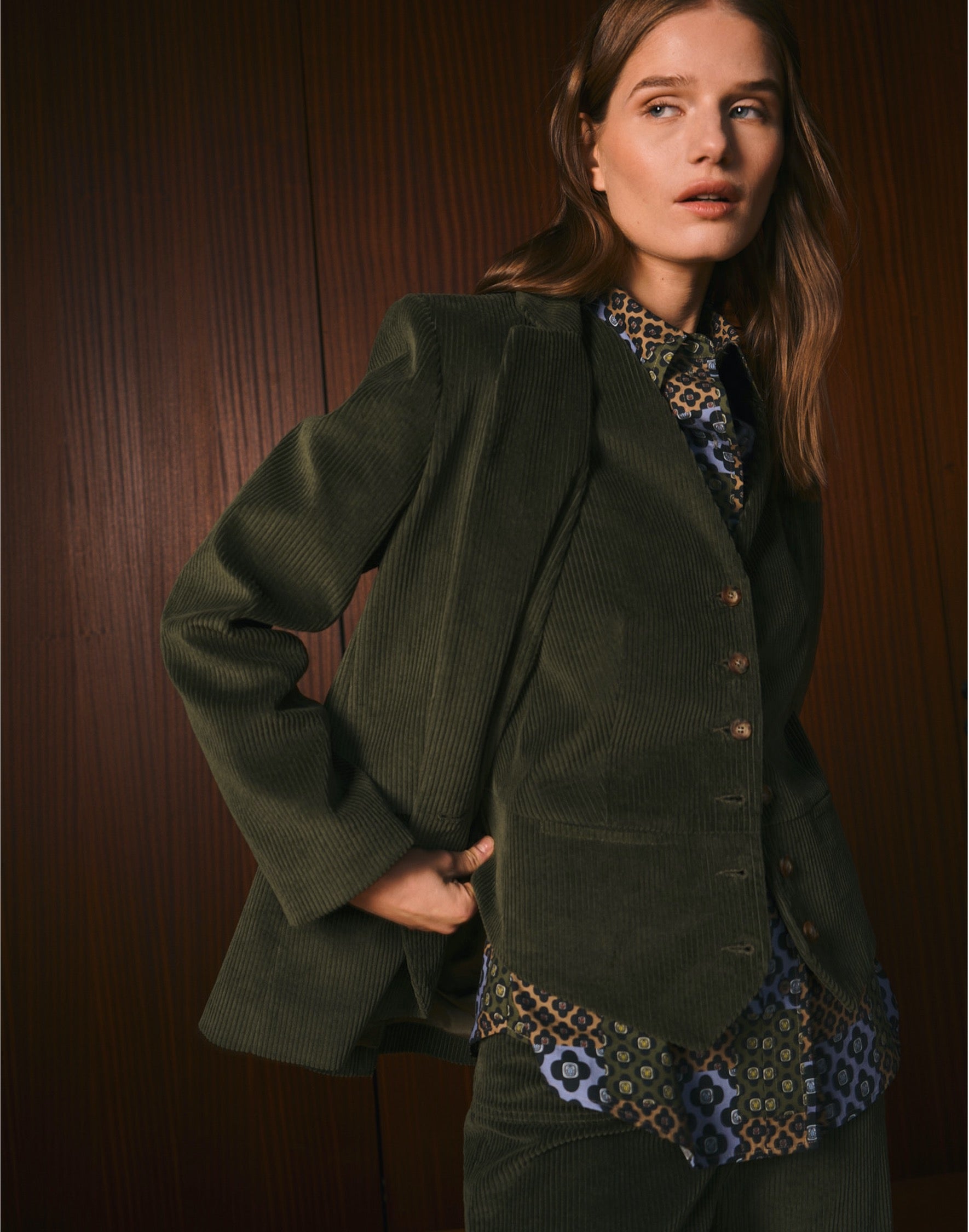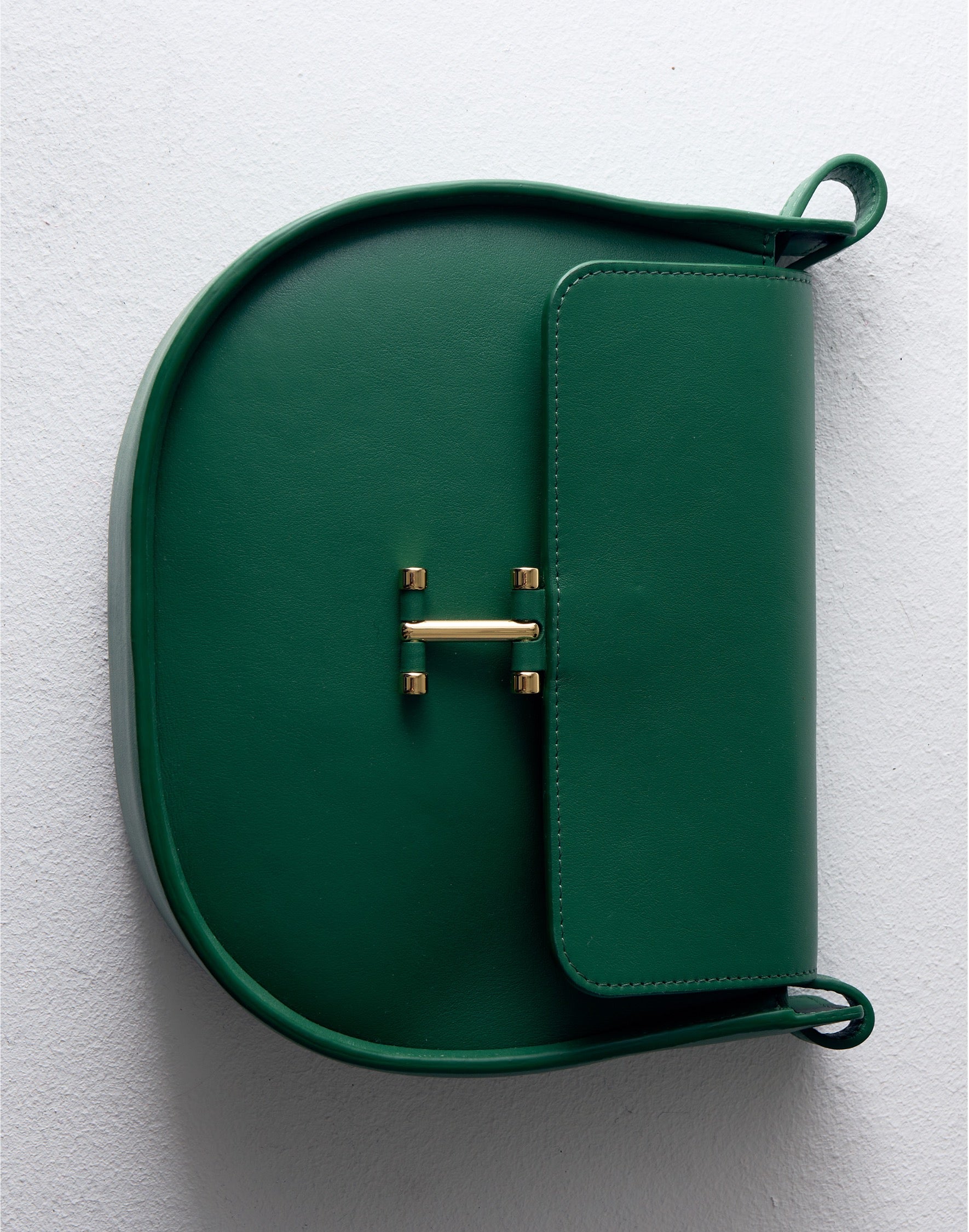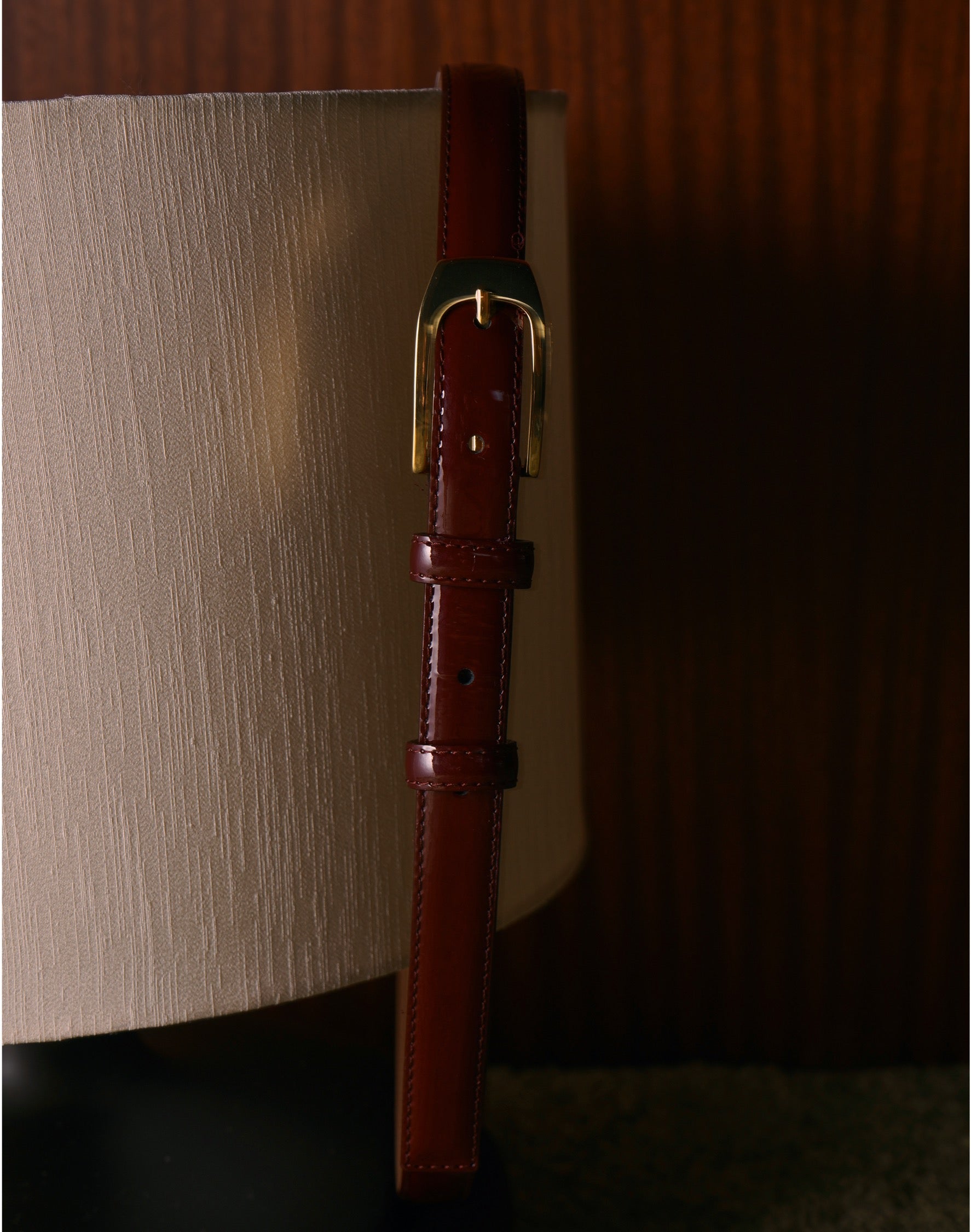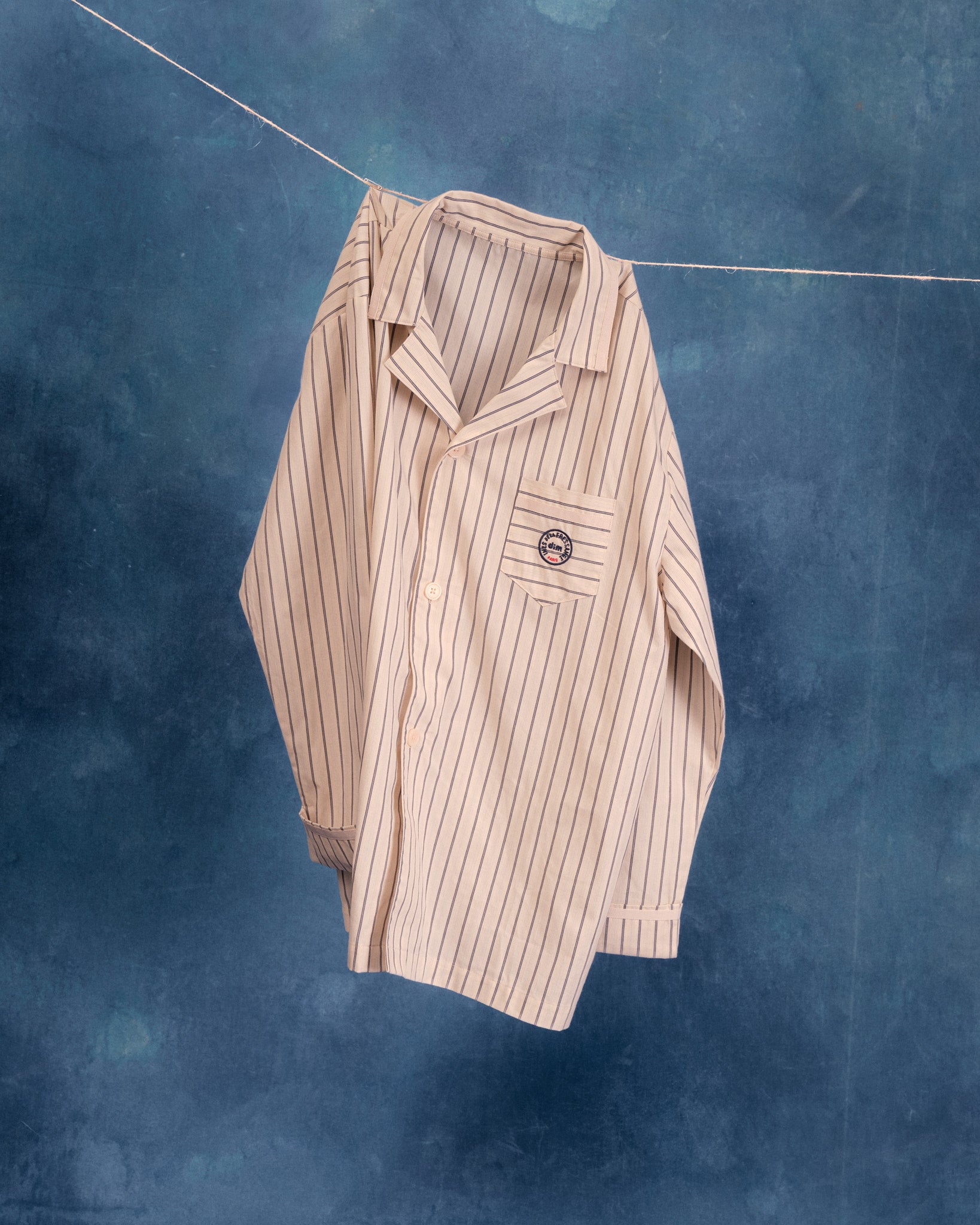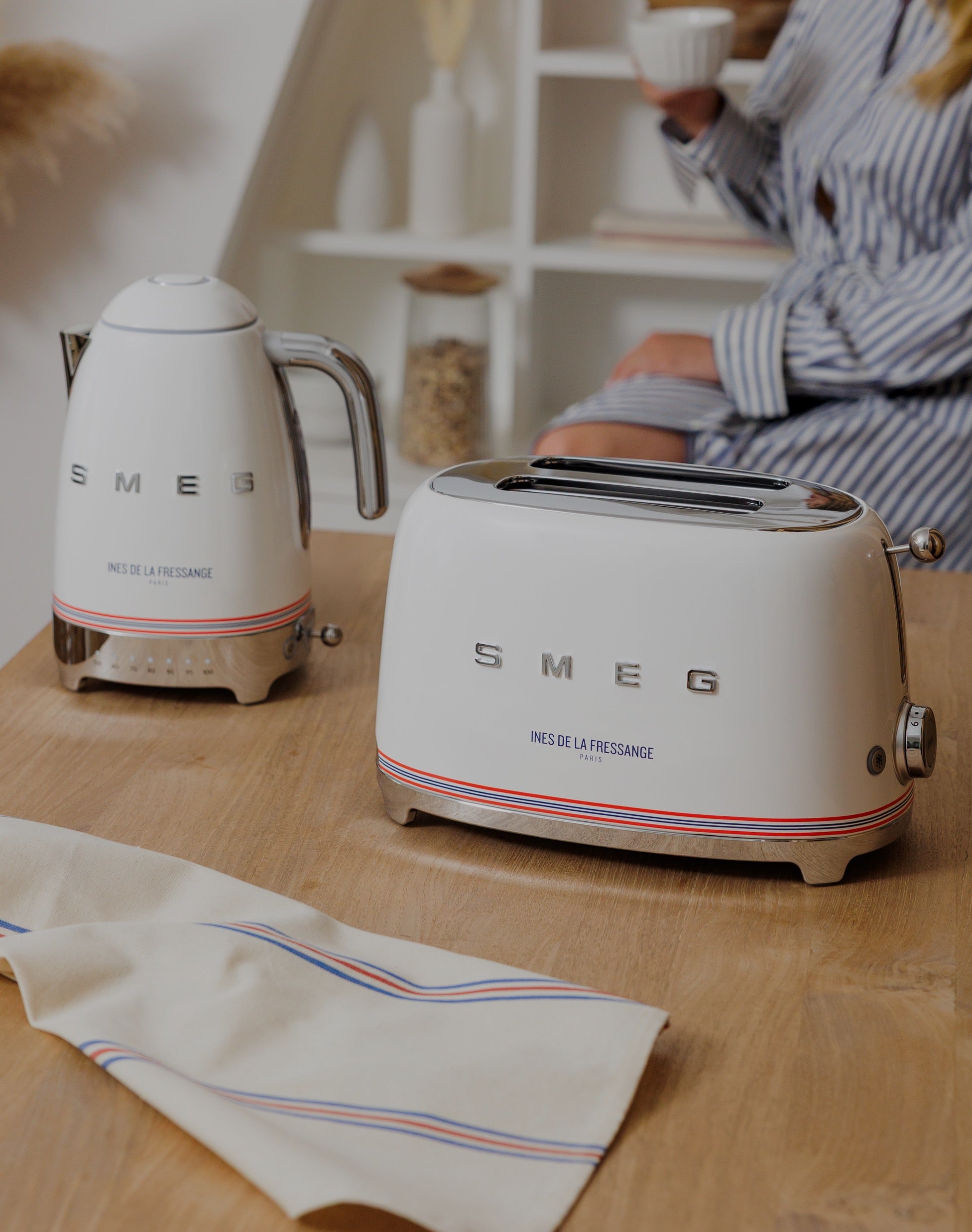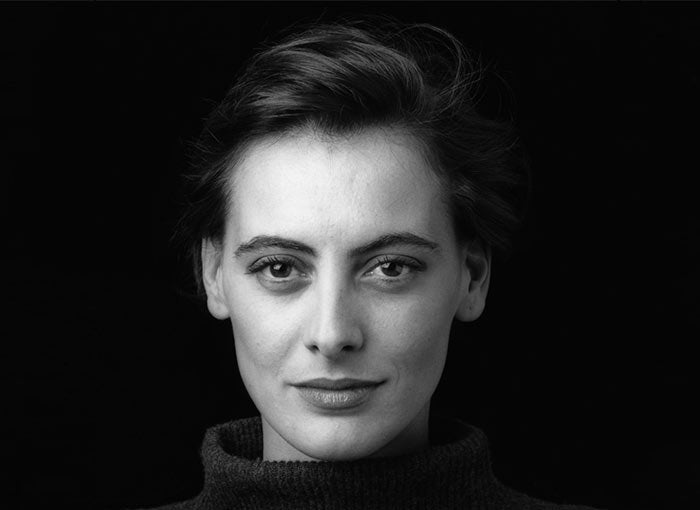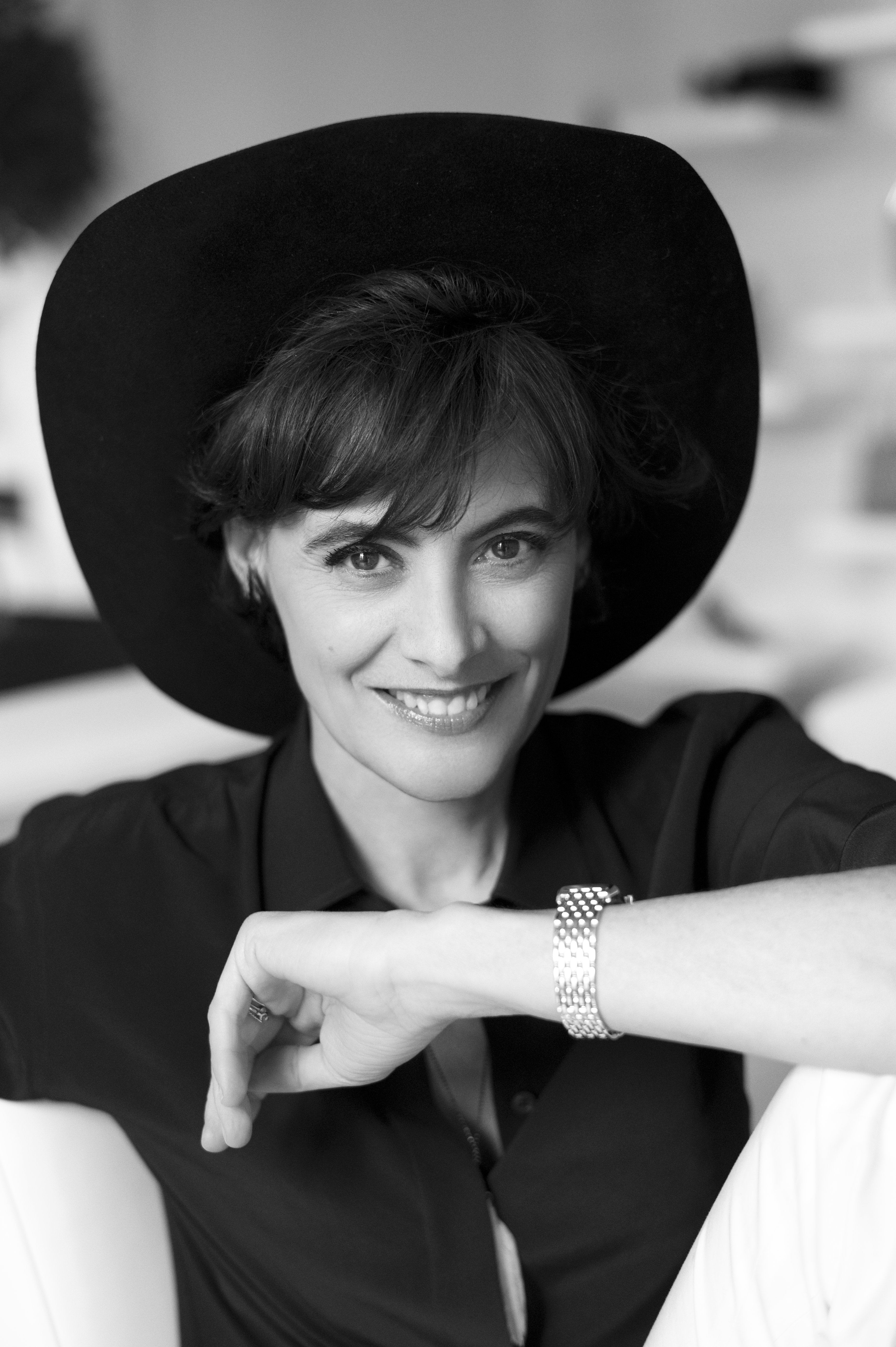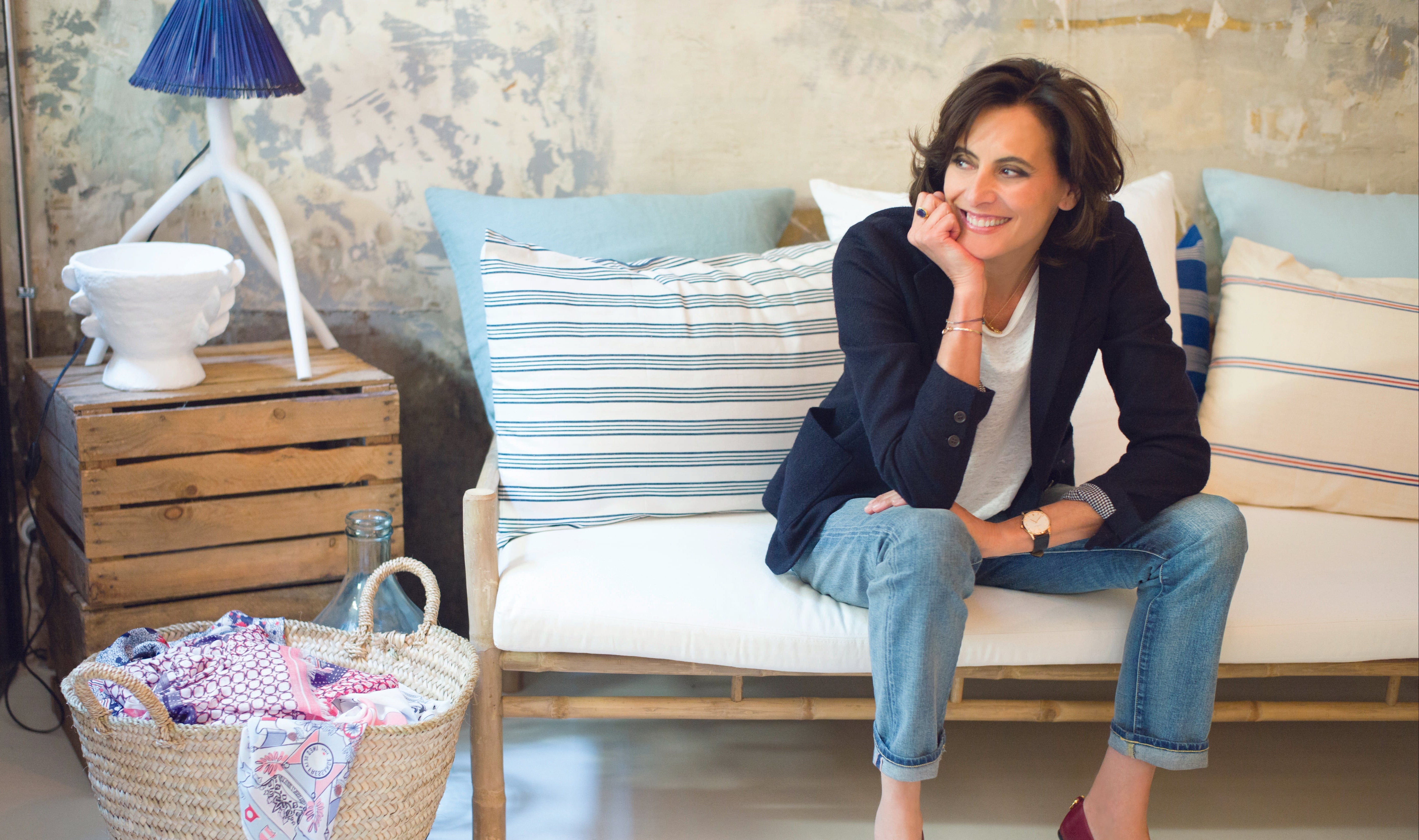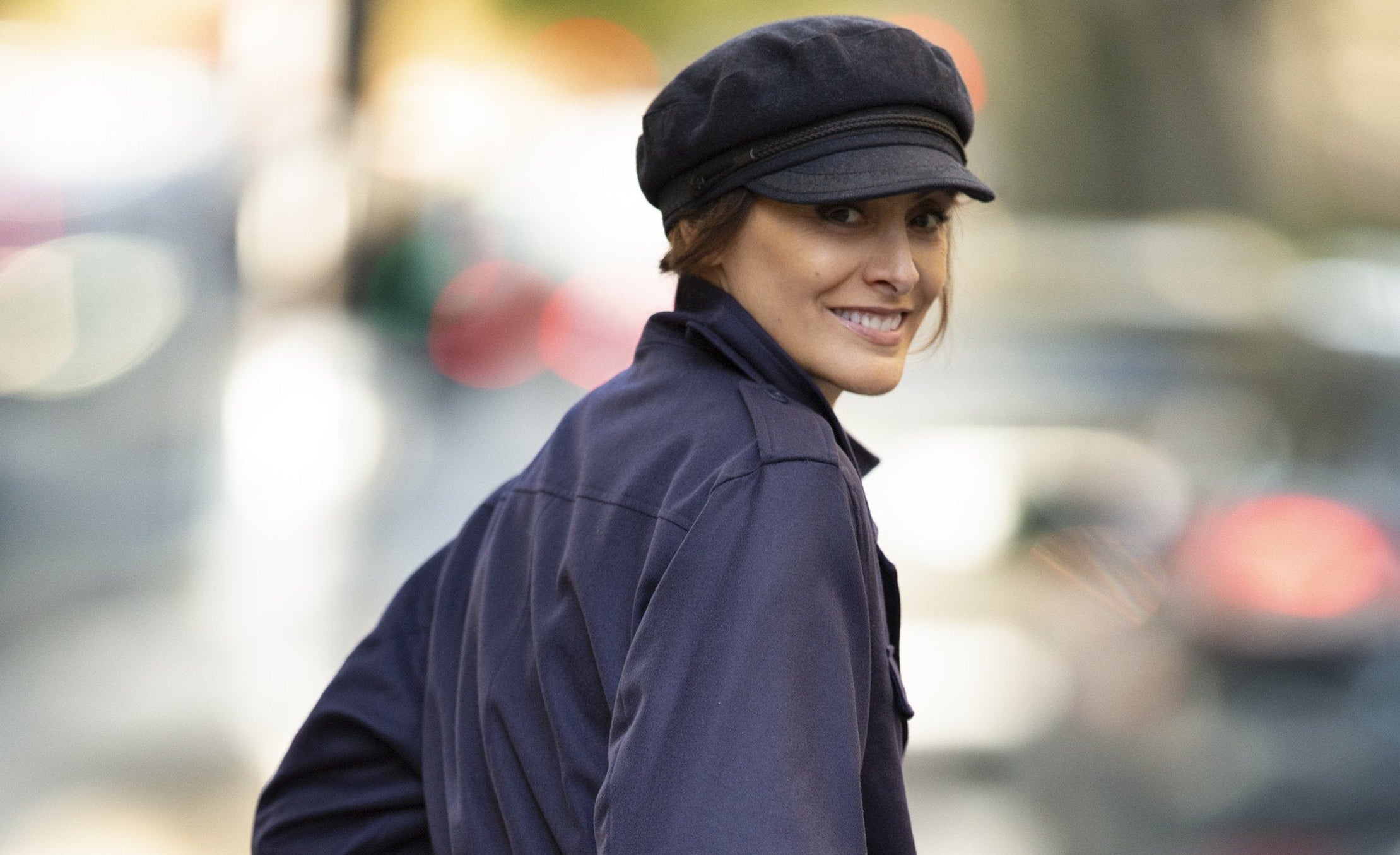
The Portrait of Ines de la Fressange
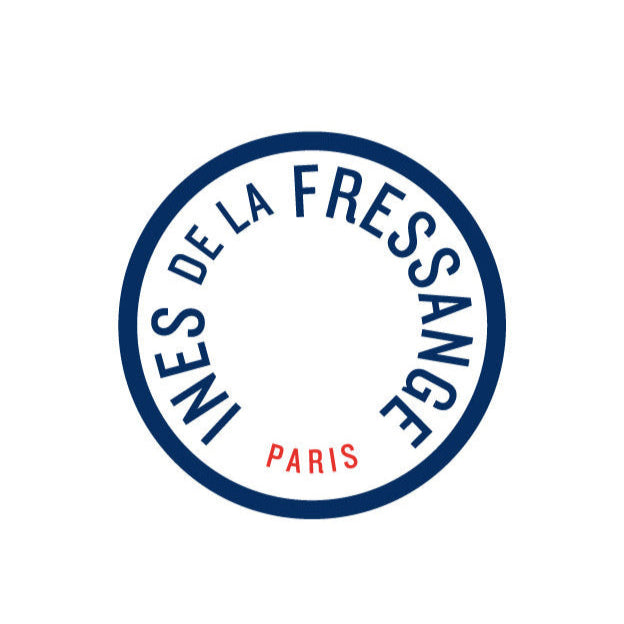
Ines de la Fressange is the icon and symbol of Parisian style, she is a figure of French Fashion and is among the most famous women in France.
Ines de la Fressange embodies a form of joyful luxury, natural elegance, and relaxed chic that the whole world has called "effortless chic".
A model at 17, she quickly entered the category of the most talented and famous models in the world, walking the international runways for the greatest French Houses such as Christian Dior, Jean-Paul Gaultier, Yves Saint Laurent, and many others.
Muse of Karl Lagerfeld, she was chosen as ambassador of the House of Chanel and is the first model to sign an exclusive contract with a luxury brand. A true French icon, she was selected as the face of Marianne, symbol of the French Republic, and has her statue at the Grévin Museum in Paris.
Ines shared her secrets in her book, "La Parisienne" ("Parisian Chic" in English), which has enjoyed immense global success, published in 17 languages and continuously reissued, it has already sold over one million copies worldwide.
Ines inspires and now leads the creation of the brand Ines de la Fressange Paris, which offers women around the world the opportunity to access the best of Parisian style.
How would you describe your journey in fashion?
Varied! I have had several very different roles: model, editor, advisor, communications director, and above all stylist, which is my favorite occupation. Creating is the most beautiful of professions.
What is the most beautiful memory of your career? (Meeting, anecdote…)
Memories are many, the best are those of meetings with people who often later became friends: Paolo Roversi, Naoki Takizawa, Karl Lagerfeld… But I remember a fashion show for my brand with models ranging from 7 years old to 89 years old that was particularly warm and cheerful, yet made with limited means.
Can you describe your style in a few words?
A handbag that costs more than the entire outfit combined! (laughter) White jeans, a navy blue sweater, and beautiful accessories. Clothes borrowed from men that become very feminine. A somewhat studied simplicity. New clothes that seem timeless. Luxurious but not ostentatious clothes.
Your philosophy of life?
Let's make a list of what is going well rather than what is upsetting. After the rain comes the good weather, but the rain is not so bad. Let's try to find an advantage in every task.
The House Ines de la Fressange Paris
What role do you have in the House?
Advise, encourage, find, inspire, criticize, congratulate but above all be concerned and give confidence to our clients.
How do you decide what you want from one season to the next?
My desires are like my breathing, they do not stop. Just by seeing a fabric I see the pants or the coat that I would like to wear; There is the key: wanting to wear the clothes yourself and imagining that your clients are your friends and will follow you in your wishes. The desire also comes from lack, I am always missing something in my wardrobe: a parka to go out in the evening, dress pants, a big soft sweater…
Where do you draw your inspiration from?
Everything is inspiring, today we are flooded with images including, for example, on Pinterest; There are also museums, exhibitions, cinema, people we meet but what is difficult is not to have imagination but to choose what we will do or not. Eliminating, editing, removing and keeping a color range and a very readable line seems more difficult to me.

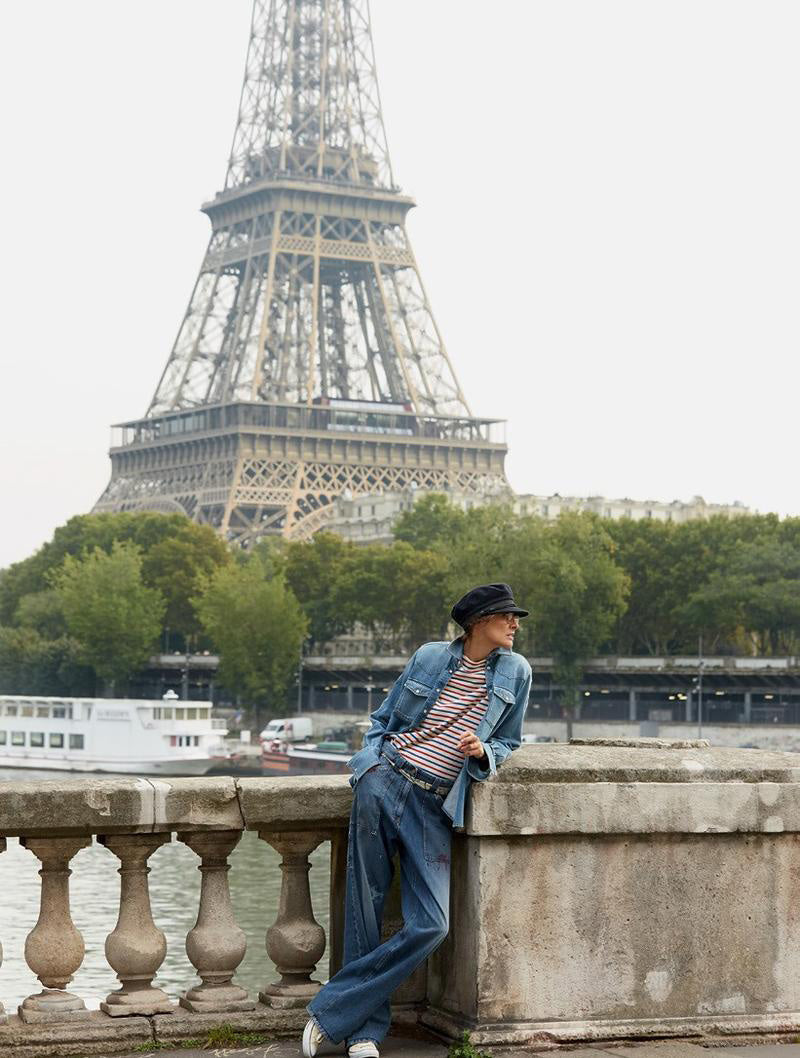
Can you describe the brand in a few words?
A friendly brand that finds help and solutions for women; A desire for honesty both in style and in quality and prices. A reliable house that still wants to keep surprises. A desire to bring joy. A reasonable side but avoiding boredom. For a woman who embraces her frivolity but is not superficial. A wish to be trendy without becoming fashion victims.
Who are the Ines de la Fressange Paris clothes for?
A person who avoids consumerism wants to have little but good. A woman who wants to buy a coat and at the same time offer a dress for her little girl at the same place. A woman who has to dress a certain way for work but doesn't want to look gloomy. A young girl who needs a well-cut jacket or pants for special occasions but wants to wear them in all kinds of moments. A woman who continues to be curious, wants to keep her style but is ready for some changes. A woman who keeps her clothes and wants them to age as well as she does. A person who wants to give a gift by finding a scented candle, a vase, small leather goods, or a pair of glasses.
What is your definition of the Parisian woman?
It seems that there is a great book on this subject! (laughs) In summary, it is a state of mind more than a civil status mention. It is a woman who cares about her appearance and knows how to cheerfully mix the new and the old, the luxurious and the more sporty, wants to have style more than to be fashionable but remains vigilant about what is done in her time.
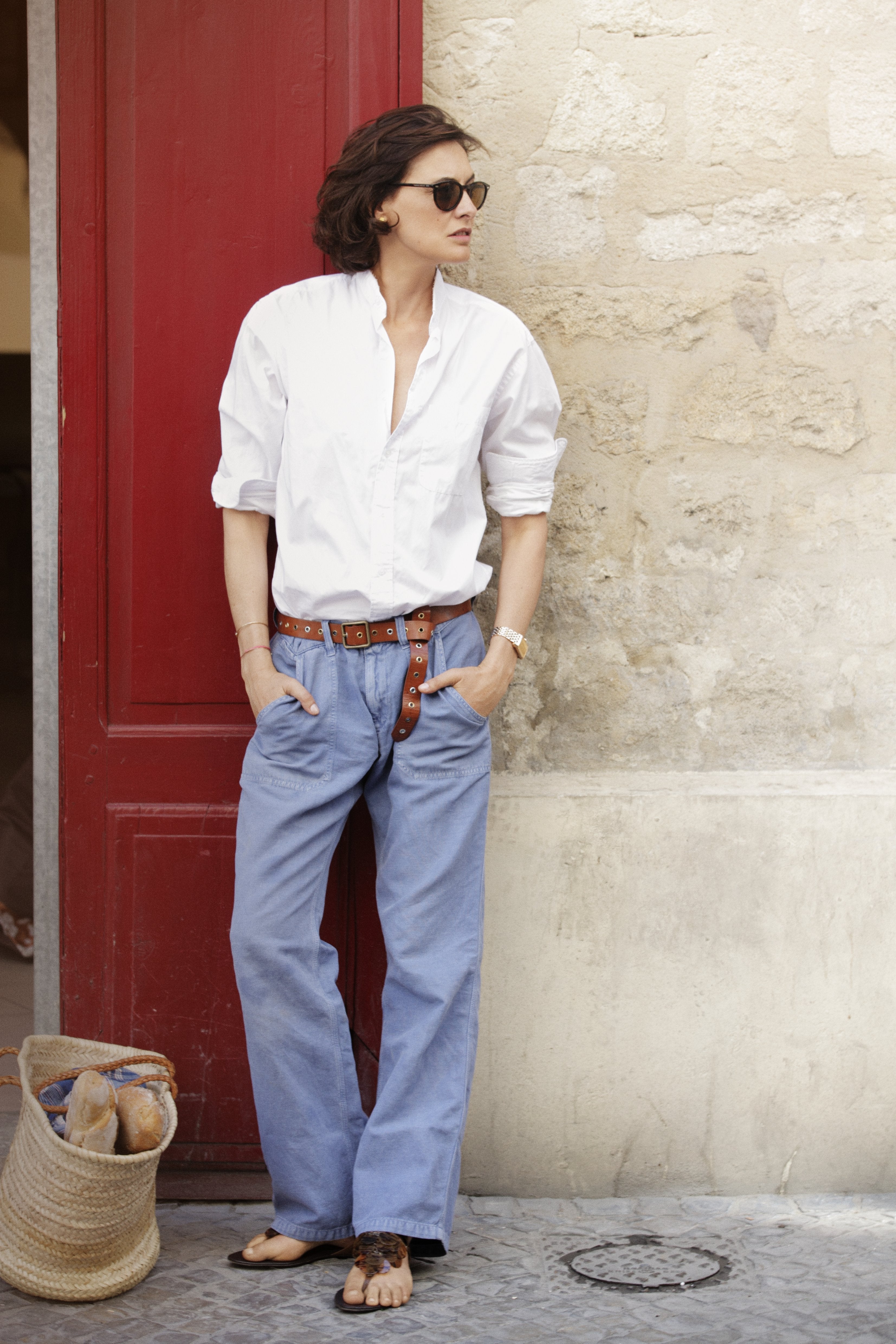
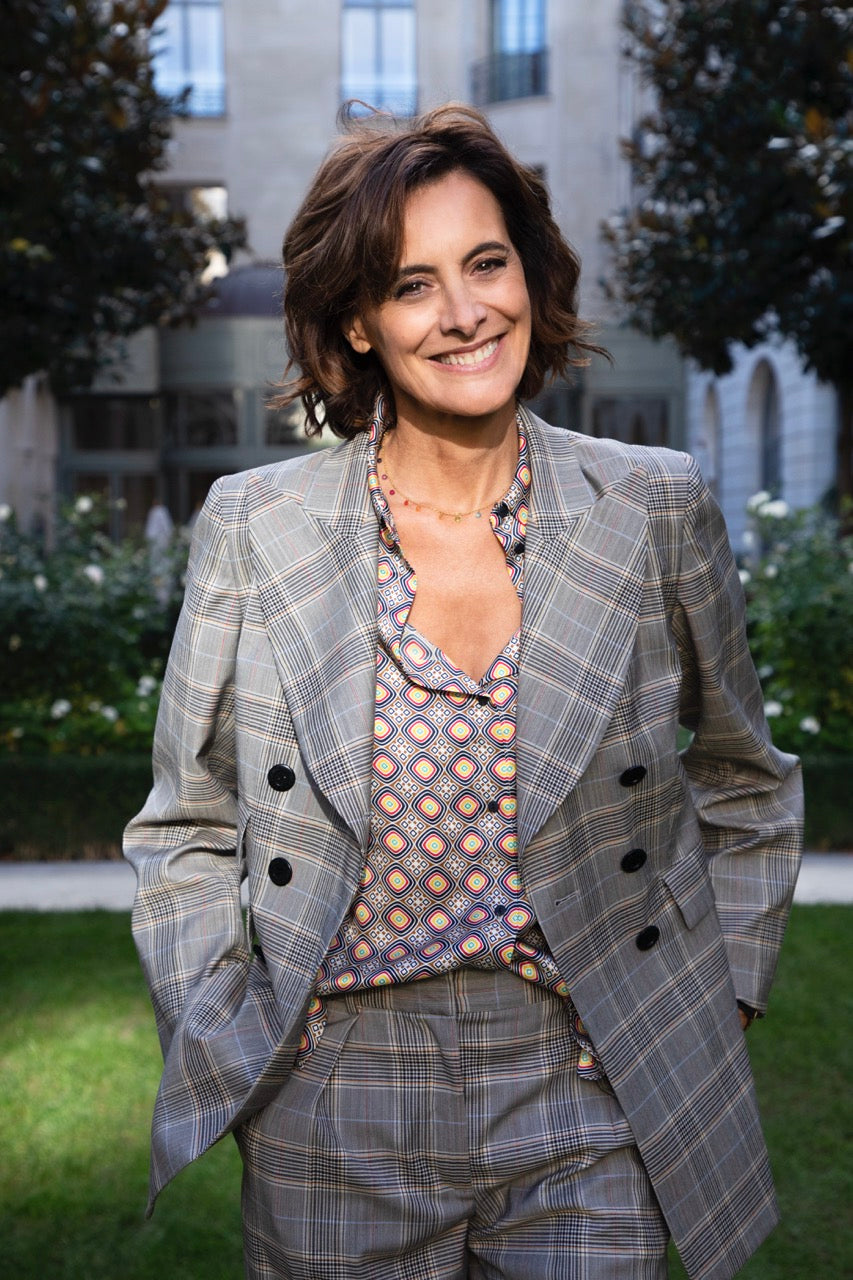
Your favorite walk?
I love the streets of Saint-Germain des Prés where it is easy to imagine what it was like in the 18th century as in the time of Juliette Gréco. The streets Férou, Servandoni, or de Tournon are magnificent and intact.
The best neighborhood for shopping?
That works well: I also like the left bank with shops like Isabelle Marant's or Marie-Hélène de Taillac's and also the essential Bon Marché. I also go to Kerstin Adolphson or 45RPM which are not far from my shop on rue de Grenelle.
Left bank or right bank?
The left bank is historically less conventional but I really love the gardens of the Palais Royal and the Marais on the right bank.
The best time of the year in Paris?
September is cheerful, there is still a holiday atmosphere, the weather is still nice, you can keep your basket and sandals but I would rather advise tourists to visit in June to hang out on the terraces of bistros and get lost in the streets.
If Paris were a work? (A book, a painting, a song or a film)
This would be a collage because being in the Faubourg Saint-Honoré or in Belleville has no connection and that is the richness of the city: its variety. So let's imagine a painting by Basquiat with a bit of Bonnard and Jean-Baptiste Sécheret in a Renoir film described by Françoise Sagan in collaboration with Maupassant and Balzac! (laughter)


